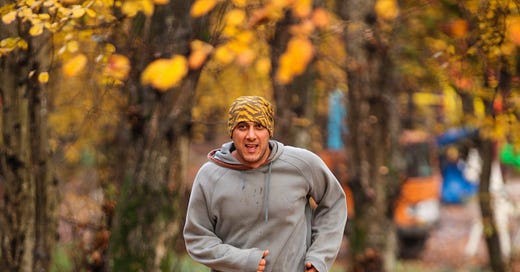Tailoring health and wellness across the generations

Aging is a profound journey, a symphony of experiences, each note telling a unique story.
From the dynamic 50s to the resilient 80s and beyond, the approach to health and wellness programs varies, reflecting the diverse tapestry of seniority.
The 50s and 60s: Foundation Building
In the vibrant years of the 50s and 60s, health and wellness programs laid the groundwork for a fulfilling journey ahead.
Regular check-ups and health screenings serve as the cornerstone, offering individuals the opportunity to understand and address potential health risks. Tailoring fitness programs to encompass a mix of cardio, strength training, flexibility, and balance exercises becomes pivotal. These programs are not just about physical vitality but also embrace stress management techniques, cognitive exercises, and the establishment of quality sleep routines.
Example: Individuals in their 50s might find joy in activities like cycling or group fitness classes. Stress-relief practices like mindfulness meditation and cognitive activities such as learning a new language could become integral parts of their wellness routine.
2. The 60s to 70s: Fine-Tuning and Adaptation
As we transition into the 60s and 70s, health programs take on a more adaptive and fine-tuned nature.
Continuing with regular health assessments, individuals now find solace in low-impact exercises such as swimming or yoga. Nutrient-dense diets remain crucial, with a heightened emphasis on consulting nutritionists for personalized advice.
Emotional resilience takes centre stage, with a focus on building a robust support network and engaging in activities that bring joy.
Example: Wellness retreats catering to the 60s to 70s demographic might include a mix of gentle yoga sessions, nutrition workshops, and stress management seminars. These retreats would offer a holistic approach, acknowledging the interplay of physical and emotional well-being.
3. The 70s to 80s: Honouring Wisdom
Entering the 70s and 80s is a time of honouring the wisdom accrued through the years.
Health and wellness programs now embrace a holistic approach, integrating physical, mental, and emotional well-being.
Gentle movement practices become more prevalent, with a focus on maintaining mobility and preventing falls. Dietary modifications, based on individual health conditions, gain prominence, and emotional resilience remains pivotal for a fulfilling life.
Example: Retirement communities for the 70s to 80s demographic may incorporate therapeutic gardening, low-impact fitness classes, and communal spaces for social interaction. These communities would prioritize a supportive environment that nurtures both physical and emotional health.
4. Beyond 80: A Celebration of Longevity
In the 80s and beyond, health and wellness programs became a celebration of longevity.
The focus shifts towards gentle movement practices tailored to individual capabilities and easily digestible, nutrient-rich diets. Maintaining social connections and cultivating a positive outlook through mindfulness practices become paramount. Quality sleep, adapted to individual needs, ensures a fulfilling quality of life.
Example: Holistic wellness resorts for individuals beyond 80 might offer personalized spa treatments, nutritional counseling, and serene environments for mindful reflection.
These resorts would provide an oasis of tranquillity, acknowledging the unique needs of those celebrating the pinnacle of their life journey.
Unveiling Lesser-Known Insights
Lesser-known is the intricate connection between physical and mental health. Engaging in physical activities not only promotes cardiovascular health but also stimulates the release of endorphins, contributing to a positive mood.
Impact of Social Connections on Longevity
Studies show that maintaining strong social connections can have a significant impact on longevity. Meaningful relationships and regular social interactions contribute to emotional well-being, reducing the risk of loneliness and depression.
Role of Microbiome in Ageing
The microbiome, the community of trillions of microbes in our gut, plays a crucial role in aging. Emerging research suggests that a diverse and healthy microbiome is linked to better overall health and immune function.
To examine this idea of tailored health and wellness across generations, we must not only appreciate the diversity of the aging journey but also acknowledge the lesser-known facets that contribute to the art of aging well.
In forthcoming articles, I will consider these insights, uncovering the secrets to a vibrant and fulfilling seniority.




